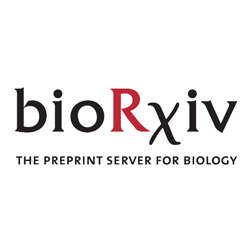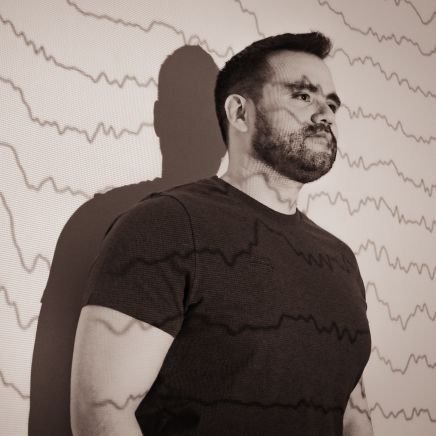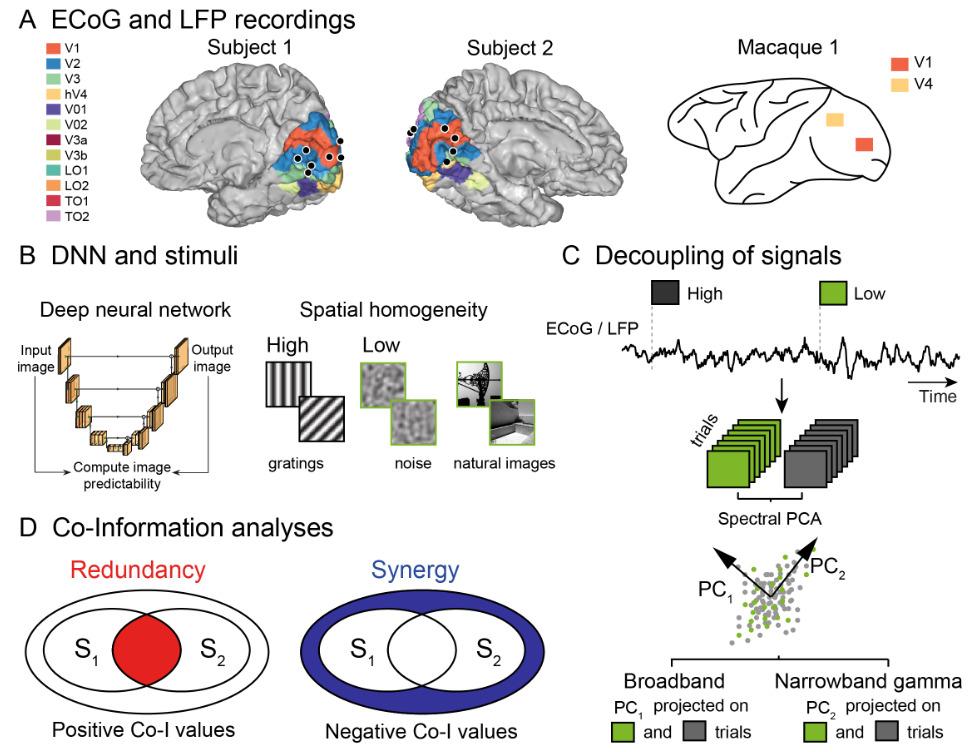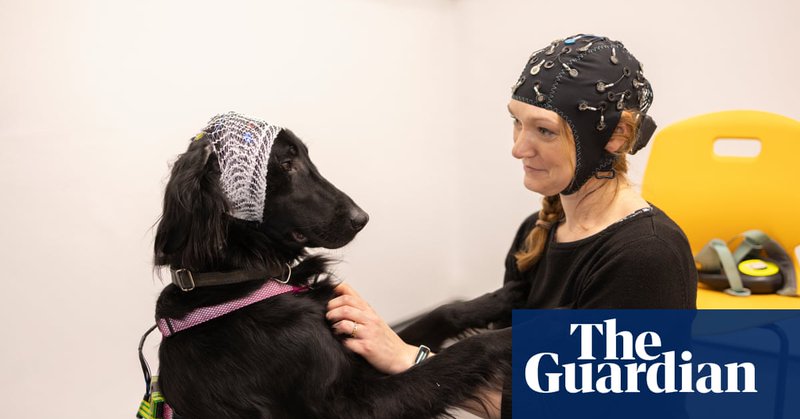
Tristan Bekinschtein
@TrikBek
Followers
4K
Following
3K
Media
2K
Statuses
20K
Brain and cognition. Neurocientifico, no me hablen de la mente. He, Dr., Prof, PhD. Views my own, not the institutions I work on or with.
Cambridge, England
Joined April 2012
RT @CamNeuro: Tonight as part of the @Cambridge_Fest - join us for our flagship public panel discussion on all things consciousness. more….
0
4
0
RT @CamNeuro: Join friends tonight at the @CamBrainCNS Neuroethical panel discussion at @stjohnscam (Old Divinity School) at 18:30 .Free bu….
0
4
0
RT @laura_stolp: Exciting news! Our preprint, "Informational Complexity as a Neural Marker of Cognitive Reserve", is now available! Here, w….
biorxiv.org
In Alzheimer’s disease (AD), a mismatch between neurological damage and cognitive functioning often is attributed to individual differences in cognitive reserve. Understanding the neural mechanism of...
0
5
0
The brain information is coming to get you!.
1/8 Very happy to share our latest pre-print entitled "Broadband synergy versus oscillatory redundancy in the visual cortex". A cross-species project led by the great Louis Roberts, with @dora_hermes, @martin_a_vinck, et al.
0
1
7
RT @conaf_tarapaca: Estuvimos en la inauguración del #CongresoFuturo2025 en la @unapcl con las exposiciones de @EmilioPuccio, Secretario Gr….
0
6
0
RT @congresofuturo: Tristan Bekinschtein, neurocientífico experto en estudios de la consciencia y el sueño, en su charla “Un viaje entre el….
0
4
0
RT @norabar: ¿Lxs dueñxs de perros y sus mascotas están sincronizadxs en la misma onda, como mapadres y sus hijxs? 👇Un estudio está tratand….
theguardian.com
Scientists to examine if humans’ and dogs’ brains synchronise when they interact in a way similar to parents and babies
0
10
0
New paper! Led by dagreat @healey_evan we publish the first pharmacological psychedelic study of the @the_ccclab along with @cocucolab where we unravel the neurophenomenology of DMT. @CambPsych @CamNeuro @Exactas_UBA.
0
5
16
8/n (before discussion) if you want to understand better the implementation of the information theory framework for neural/cognition check this led by @canalesjohnson
1
0
1

















